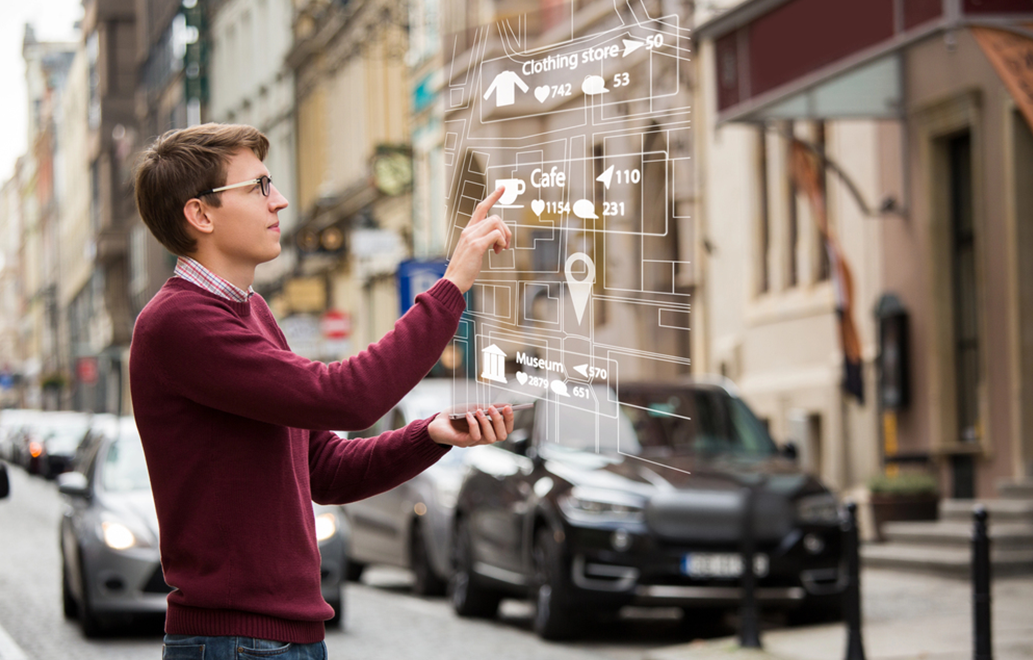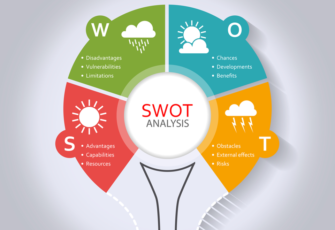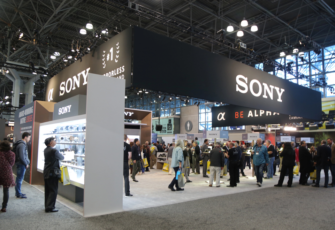
Choosing between augmented reality vs. virtual reality is not just about technology; it’s about deciding how you want your audience to interact with your brand. Whether you're an event planner, marketer, or business seeking to create immersive experiences, knowing the difference between these two tools can change the way your audience engages with your content. Each offers unique possibilities, but which one is right for you?
Core Technology Differences Between Augmented Reality and Virtual Reality
Augmented reality (AR) blends digital elements with the physical world. Users can see virtual objects overlaid on their real environment through devices like smartphones or AR glasses. Virtual reality (VR), on the other hand, creates a fully immersive digital world, completely replacing the real world with a simulated one. In AR, users remain connected to their surroundings, while VR isolates them in a virtual environment. This difference in technology shapes how each one is applied across various industries and events.
User Interaction in Augmented Reality Versus Virtual Reality
In AR, users interact with virtual objects while staying aware of their physical surroundings. This interaction often happens through simple gestures or touch interfaces, making it accessible in real-world settings. VR, however, provides an all-encompassing experience where users interact solely within a virtual space, often using controllers or specialized equipment. The user’s movement and actions in VR directly influence the virtual environment, offering a different level of engagement compared to the more layered interactions in AR.
Hardware Requirements for Augmented Reality and Virtual Reality
AR primarily requires a device with a camera and display, such as a smartphone or tablet. Some advanced setups may use AR glasses, but these remain accessible and portable for most users. VR requires more specialized equipment, such as a headset and motion controllers, to fully immerse users in a digital space. Depending on the level of immersion desired, VR setups can also involve additional sensors or external hardware, making it more intensive to implement compared to AR.
Immersive Experience Differences Between Augmented Reality and Virtual Reality
The immersion level in AR is typically lighter since users still perceive the physical world around them. AR enhances reality without completely replacing it, allowing users to stay aware of their real-world environment. In contrast, VR offers a full sensory experience, blocking out the physical world and pulling the user entirely into the virtual realm. This creates a more intense and focused interaction in VR, while AR provides a balanced blend of virtual and real-world engagement, suitable for different types of experiences.
Explore Virtual, Augmented and Mixed Realities with Multi Image Group
Create unforgettable experiences by choosing between virtual, augmented and mixed realities tailored to your event’s goals. With augmented reality, we offer customizable options to enhance your physical space, giving your audience the ability to engage with your brand in interactive ways that feel natural and exciting. At Multi Image Group, we provide conference and event services that transform ordinary events into extraordinary ones. Our conference and event services bring the latest technologies to your trade shows, conferences, and live experiences, ensuring that every connection is meaningful and memorable.



